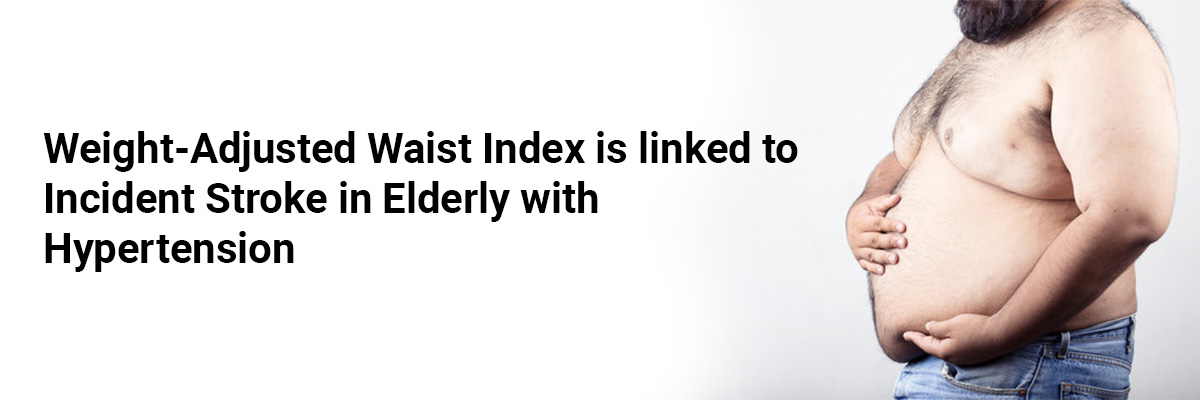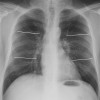
Weight-adjusted waist index is linked to incident stroke in elderly with hypertension
The goal of a new study was to determine the association between the weight-adjusted waist index (WWI) and stroke risk among older adults with hypertension.
Here, Cox regression analysis was used to examine the relationship between baseline WWI and stroke incidence; restricted cubic splines were applied to clarify the association's shape. Subgroup analyses and interaction tests explored any variations across demographics. The cohort included 4,962 hypertensive participants aged 60 years and older without prior stroke. All patients were monitored over a median of 3.2 years, during which 547 new stroke cases were documented. After adjusting for confounders, a positive correlation was found between WWI levels and stroke risk – with higher WWI quartiles showing increased hazard ratios (HRs). Notably, individuals in the highest WWI quartile had an HR of 1.87 for stroke compared to the lowest quartile. Consistency across subgroups strengthened the observed association––suggesting elevated WWI is linked to greater stroke risk in elderly hypertensive patients. The results highlighted WWI’s potential as a risk stratification tool.
These observational findings suggest WWI as a possible independent stroke risk factor among elderly hypertensive patients. If confirmed by future research, WWI could be integrated into clinical assessments to better identify at-risk individuals and support targeted preventive strategies. Future longitudinal and interventional studies should examine the role of modifiable factors like diet and physical activity to gain better stroke prevention insights.
Source: Hu J, Cai X, Song S, et al. Sci Rep. 2024;14(1):25614. Published 2024 Oct 27. doi:10.1038/s41598-024-76709-y








Please login to comment on this article